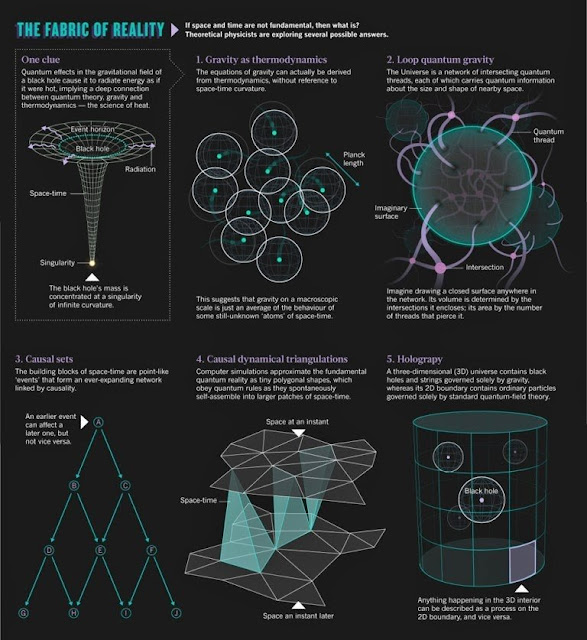Tectonics, paleogeography and climate
Pangaea was a supercontinent that existed from about 300 to 180 Ma. The outlines of the modern continents and other landmasses are indicated on this map.
At the end of the Proterozoic, the supercontinent Pannotia had broken apart into the smaller continents Laurentia, Baltica, Siberia and Gondwana. During periods when continents move apart, more oceanic crust is formed by volcanic activity. Because young volcanic crust is relatively hotter and less dense than old oceanic crust, the ocean floors rise during such periods. This causes the sea level to rise. Therefore, in the first half of the Paleozoic, large areas of the continents were below sea level.
Early Paleozoic climates were warmer than today, but the end of the Ordovician saw a short ice age during which glaciers covered the south pole, where the huge continent Gondwana was situated. Traces of glaciation from this period are only found on former Gondwana. During the Late Ordovician ice age, a few mass extinctions took place, in which many brachiopods, trilobites, Bryozoa and coralsdisappeared. These marine species could probably not contend with the decreasing temperature of the sea water.
The continents Laurentia and Baltica collided between 450 and 400 Ma, during the Caledonian Orogeny, to form Laurussia (also known as Euramerica). Traces of the mountain belt this collision caused can be found in Scandinavia, Scotland, and the northern Appalachians. In the Devonianperiod (416–359 Ma) Gondwana and Siberia began to move towards Laurussia. The collision of Siberia with Laurussia caused the Uralian Orogeny, the collision of Gondwana with Laurussia is called the Variscan or Hercynian Orogeny in Europe or the Alleghenian Orogeny in North America. The latter phase took place during the Carboniferous period (359–299 Ma)and resulted in the formation of the last supercontinent, Pangaea.
By 180 Ma, Pangaea broke up into Laurasia and Gondwana.




Comments
Post a Comment